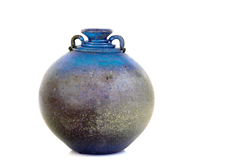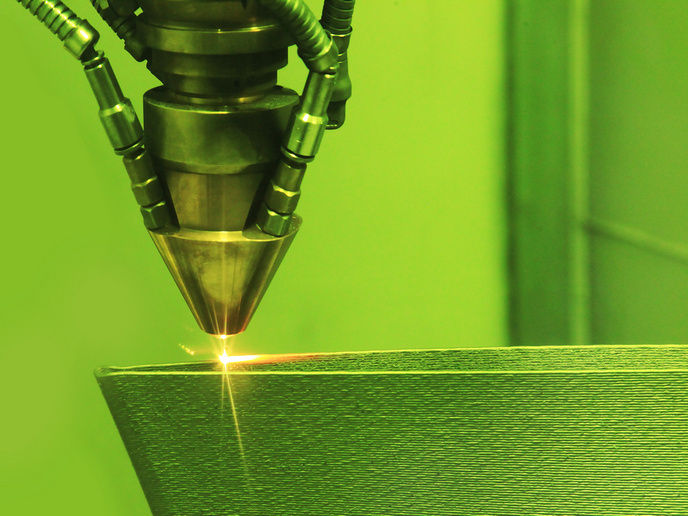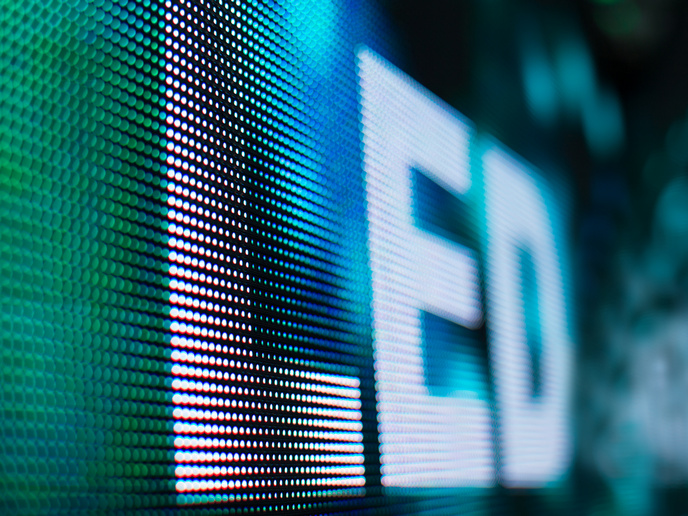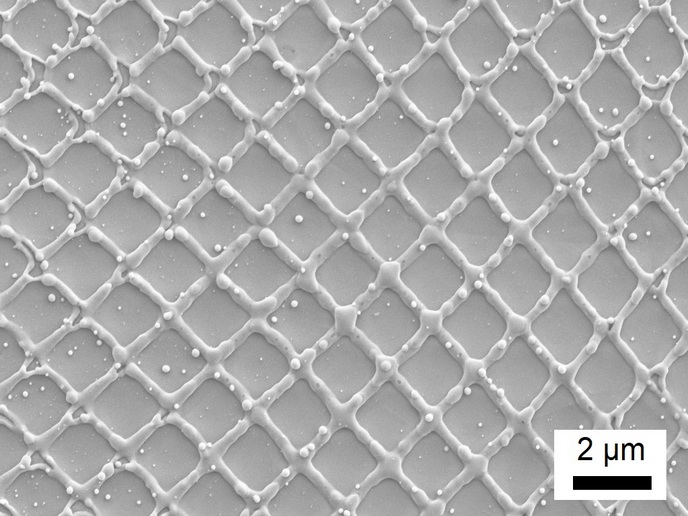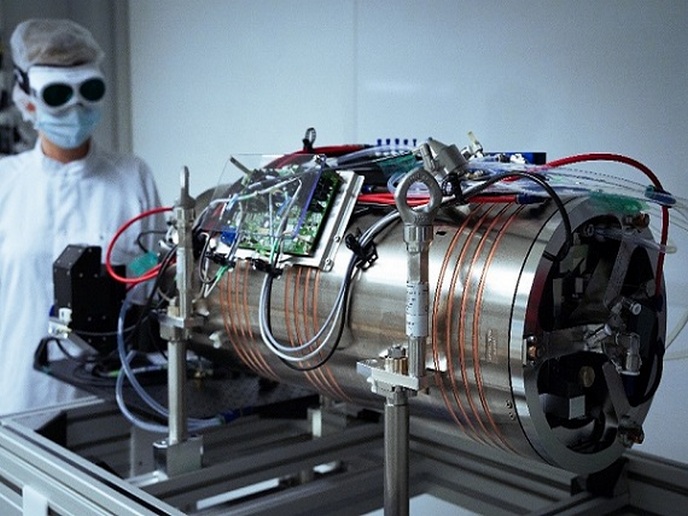The origin of colour in Roman glass
The production sites and trade routes associated with Roman glass have received much attention during the last decade. Most studies have focused on the provenance (origin or source) of the sand, stabilisers and flux used in their manufacture. Scientists working on the EU-funded project ISOGLASS studied the rarely addressed topic of colourisers and decolourisers. In this respect, they analysed the elemental and isotopic composition of samples with respect to copper (a colouriser), and antimony (Sb) (a decolouriser) to gain insight into trade and transport. Investigators employed isotopic analysis (determination of the relative abundance of the various isotopes of a target element) to aid in understanding chronology, techniques and mining activities of the time, and even trade routes that existed in the past. In order to do so, researchers developed sample digestion procedures and isolation protocols to recover the elements of choice for both antimony ore used in glass manufacture and for ancient glass itself. They then conducted isotopic analyses to determine the amounts of the various isotopes of each element of interest. Especially the antimony isotope ratio results were informative. Results demonstrated that, although earlier Roman glass was more varied in isotope ratios, variation was not large. The outcomes point to relatively few sources of antimony ore for glass production in antiquity. Intermediate values could be indicative of glass recycling, which was a common practice in ancient Rome. ISOGLASS has contributed to a better understanding of the origin and manufacturing of ancient Roman glass, an important part of European heritage. In addition, methods developed within the scope of the project are applicable to numerous other fields, including the study of other artefacts and diagnosis of diseases affecting the metabolism of mineral elements.



